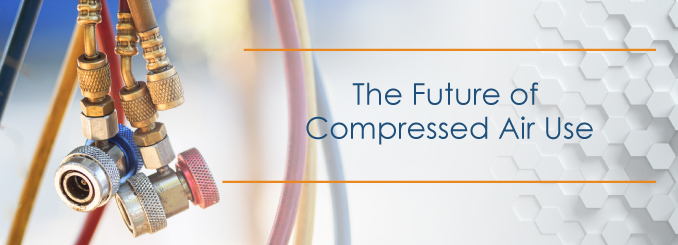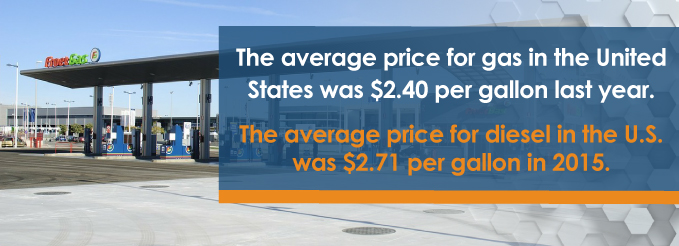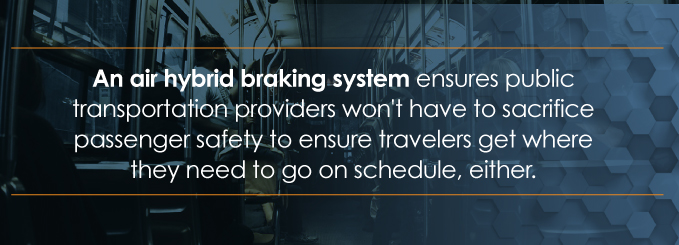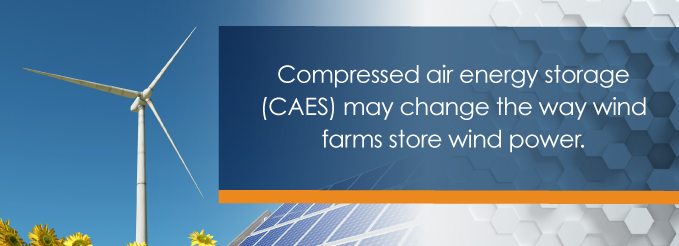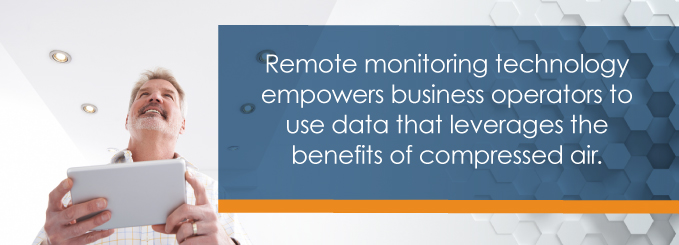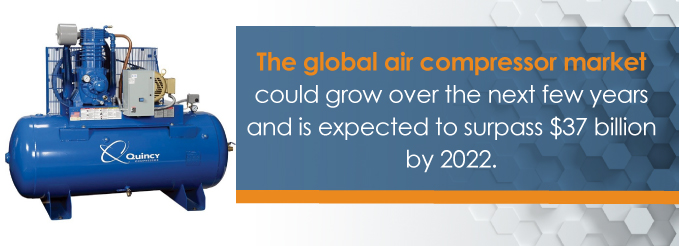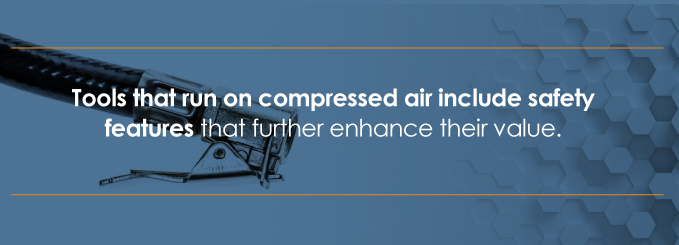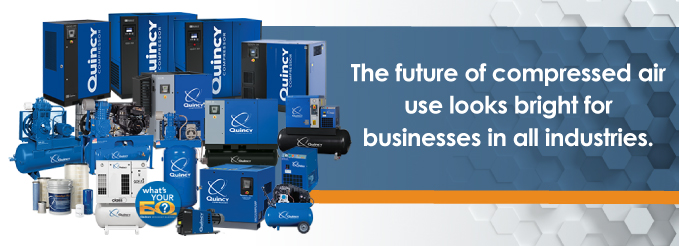For many businesses, compressed air represents the lifeblood of their operations. Compressed air ensures companies big and small can power machinery and tools that keep a company running. As such, compressed air today supports companies in a broad range of business segments, including:
- Agriculture — From crop sprayers to water pumps, air compressors power machines and tools that help farmers maximize their crop yields.
- Automotive — Auto repair and body shops commonly require industrial-use compressor system components to produce clean, dry air and stable air pressure.
- Climate Control — Air compressors are available that are proven to perform in both extreme hot and cold temperatures.
- Dry Cleaning — Industrial-size air compressors serve as preferred choices for solvent processing and garment pressing.
- Energy Exploration — Air compressors represent ideal options for remote energy exploration because they offer unparalleled reliability and help energy companies minimize maintenance and repair costs.
- Food and Beverage — Air compressors provide contaminate-free compressed air for food and beverage manufacturing operations.
- Medical and Dental — Air compressors frequently are used in medical and dental offices for various procedures.
- Natural Gas — Gas transfer, fume elimination and vapor recovery are among the natural gas processes that require air compressors.
- Pharmaceutical — The pharmaceutical industry needs clean, dry and oil-free air, and compressed air ensures companies can perform applications such as conveyance and medication manufacturing.
- Woodworking — Millwork facilities, furniture manufacturers and other woodworking businesses use air compressors and vacuum pumps to help maintain cost-effective operations.
There are currently many uses for compressed air, and numerous applications in development that could transform the way businesses in a variety of sectors operate.
Contact Us Learn More Find a Dealer Near You
So what does the future for compressed air use hold for business operators? Here’s a closer look at seven innovative applications for compressed air.
1. The AIRPod Vehicle
Imagine a vehicle that you could drive anywhere you’d like to go that runs entirely on compressed air. Now, some of the investors from the TV show “Shark Tank” are working to transform this dream into a reality.
Environment News Service reported the AIRPod, a $10,000 car that runs on compressed air, received a development deal on “Shark Tank” last year. Thanks in part to this deal, AIRPod is poised to produce the first-ever compressed air-powered car in late 2017 or early 2018, according to AIRPod.
The people behind the AIRPod vehicle designed it to minimize urban pollution and revolutionize urban mobility,. This vehicle could bring “a real breath of fresh air in cities,” AIRPod said, and ultimately enable travelers to go from place to place without having to worry about the dangers of pollution.
Personal vehicles represent a leading cause of global warming, the Union of Concerned Scientists (UCS) noted. These vehicles cause nearly one-fifth of all U.S. emissions, and create substantial air pollution that puts both people and the environment in danger.
With the AIRPod, motorists could reap the benefits of a vehicle that provides zero pollution. The AIRPod uses an air compression-based engine instead of a traditional internal combustion engine, thus resulting in no air pollution.
Plus, the AIRPod may help motorists cut down on gas costs both now and in the future.
AutoGuide.com reported the average price for gas in the United States was $2.40 per gallon last year. Meanwhile, the average price for diesel in the U.S. was $2.71 per gallon in 2015. And even though the global economic recovery from the most recent recession may help gas and diesel prices fall this year, fuel costs continue to add up for many motorists.
Comparatively, the AIRPod can be refilled using an electric compressor, one that usually requires only a minimal upfront cost. As a result, it may be only a matter of time before motorists can purchase an AIRPod and recharge it for around $3 dollars, AIRPod founder Guy Negre told Environment News Service.
2. Hybrid Air Technology
Hybrid Air technology blends the environmental benefits of compressed air with the superior performance of a petrol engine — all without the use of electricity.
The PSA Group developed Hybrid Air in the hopes of launching a full-hybrid drivetrain of petrol and compressed air. This would lead to a substantial reduction in fuel consumption, helping motorists save money as they travel from destination to destination.
In addition, Hybrid Air offers three modes for drivers:
- Air — Stops the internal combustion engine to reduce fuel consumption, resulting in zero emissions.
- Petrol — Lowers the engine speed by 5 percent on average, leading to reduced fuel consumption on highways and other roads.
- Combined — Leverages both compressed air and petrol energy sources and recharges the energy storage unit when a driver is traveling at low speeds.
To date, PSA Group has filed for 80 patents related to Hybrid Air. This technology could help motorists around the world, ensuring drivers get where they need to go safely and lower their fuel consumption and fuel costs at the same time.
3. “Air Hybrid” Braking System
Buses play an important role in cities worldwide, ensuring passengers travel between destinations in comfort and safety. At the same time, the costs associated with fuel for buses and bus maintenance and repairs may cause problems for public transportation providers. These costs may even lead some public transportation providers to increase passenger fees as well.
But a new air compressor innovation may make it simple for bus drivers to conserve energy any time they hit the brakes.
Electric Vehicle News reported researchers from two European universities are working on an “air hybrid” braking system that creates energy when a bus decelerates.
Once a bus driver hits the brakes and a bus begins to slow down, the force of the vehicle braking would power the engine’s pistons, thanks to the air hybrid braking system. Then, the compressed air created from braking would be stored in an air storage tank on the vehicle and used to help power the vehicle.
Hybrid vehicles are gaining popularity worldwide, and buses that have the ability to generate energy and store it as compressed air could offer a number of benefits for public transportation providers and passengers alike.
First, the implementation of an air hybrid braking system on buses may help public transportation providers lower their fuel costs. The system ensures bus drivers are able to generate and store compressed air energy any time they stop, which could help public transportation providers reduce their dependence on fossil fuels to power these vehicles.
An air hybrid braking system ensures public transportation providers won’t have to sacrifice passenger safety to ensure travelers get where they need to go on schedule, either. With the use of an air hybrid braking system on buses, travelers enjoy the same experience on public transportation that they had in the past.
4. Compressed Air Energy Storage (CAES)
Wind power may seem like a great idea on the surface, but its value is limited.
Sandia National Laboratories spokesperson Georgianne Peek recently told LiveScience that wind power must be stored to optimize its value. Otherwise, wind power IS unreliable because the energy is only available at the same time that the wind blows.
Fortunately, compressed air energy storage (CAES) may change the way wind farms store wind power. This type of storage ensures high air pressure performs like a battery and enables it to produce electricity at any time.
LiveScience pointed out CAES can provide roughly 100 megawatts of power over the course of a few hours. In addition, this kind of storage requires large geological formations like aquifers or salt caverns to ensure sufficient wind power can be stored over an extended period.
Conversely, CAES serves as a viable alternative to batteries and flywheels — two of the most common devices currently used to store wind power.
Batteries and flywheels are capable of storing only a limited amount of wind power in comparison to CAES. They also may prove to be more expensive to operate than CAES, limiting their overall effectiveness.
RWE and General Electric are among the energy companies to express interest in CAES and are already working to develop state-of-the-art CAES technology. If these businesses are successful, they could lower the costs needed to produce wind power. Moreover, energy companies that deploy CAES may be better equipped to help business operators and homeowners lower their energy expenses as well.
5. AIRNET Flexible Piping
AIRNET offers an aluminum piping solution for compressed air applications that boasts instant connections to minimize the need to thread or solder pipe. Thus, AIRNET could deliver outstanding return on investment (ROI) for businesses, as it will enable them to handle compressed air with ease.
There are many benefits provided by AIRNET, including:
- Quick Connection Technology — Business operators won’t have to worry about dedicating substantial time and resources to connect piping with AIRNET. Instead, AIRNET offers instant connections that ensure business operators can link pipes together quickly and effortlessly.
- No Corrosion — AIRNET consists of aluminum to prevent corrosion. This ensures that after a AIRNET installation is complete, business owners won’t need to repair or replace the piping any time soon.
- Energy-Efficient Design — Transair can help business owners increase air system reliability and lower their energy consumption. This also can lead to reduced maintenance costs.
- Increased Safety — Because AIRNET minimizes the need to thread or solder pipe, business owners won’t have to worry about the dangers associated with using flames to install a piping system. AIRNET’s quick connect technology further reduces risk by preventing business operators from dropping loose parts that could lead to injuries and lost work time. Furthermore, AIRNET is easy to handle, and can be implemented into existing copper and steel piping systems quickly and safely.
- Reduced Installation Costs — The labor needed to install AIRNET is minimal. AIRNET is even reusable and interchangeable, allowing business operators to implement layout changes faster than ever before.
AIRNET piping technology is already available, and could make a world of difference for companies that currently use compressed air or plan to use it in the future. With this piping technology, businesses could save money on piping and enjoy a safe, reliable technology that delivers long-lasting results.
6. Remote Monitoring of Compressed Air Data
A manufacturing facility may use compressed air to power its operations, but how will it know if it is maximizing the value of its compressed air investments? Thanks to remote monitoring technology, this facility may be better equipped to make more informed decisions about its use of compressed air.
Remote monitoring technology empowers business operators with meaningful data that they can use to understand how their company leverages and benefits from compressed air. Therefore, this technology helps business owners minimize downtime, enhance energy usage and embrace sustainability like never before.
Moreover, remote monitoring technology offers real-time information, ensuring business operators can understand a compressed air network from the supply chain through distribution. This technology will track various parameters at a given time, including compressed air flow, power and pressure. The technology also constantly generates operating data from connected machines, empowering business managers with the information they need to help a facility optimize its uptime.
Data is important, particularly when it comes to compressed air. By leveraging remote monitoring technology, business operators are able to identify compressed air trends to streamline production. As such, this technology provides outstanding value for business operators who are exploring ways to maximize their resources without sacrificing productivity.
7. Sustainable Furniture Manufacturing
Even furniture manufacturers can enjoy the benefits of air compressors — just consider how one Midwest furniture company has saved roughly $8,000 annually after it recently increased its compressed air production.
Compressed Air Best Practices Magazine reported the furniture company wanted to expand its production but was uncertain about how to do so effectively. However, with compressed air systems in each of its five buildings, the business was able to realize the benefits of compressed air immediately.
The use of compressed air has helped at least one furniture manufacturer lower its energy bills and maximize its productivity. This example illustrates the true value of air compressors for furniture companies and may lead additional furniture manufacturers to consider air compressors in the future, too.
What Factors Could Lead to New Compressed Air Innovations?
Grand View Research predicts the global air compressor market could grow over the next few years and expects it to surpass $37 billion by 2022. The market research firm pointed out that several key technologies drive this segment’s growth, including:
- Reciprocating
- Rotary
- Centrifugal
The rising demand for portable products also could help push the global air compressor market forward.
Portable air compressors and generators serve as a reliable power source for machines in the construction industry, Grand View Research stated. These products often require limited maintenance, Grand View Research pointed out, and could make it easier for construction firms to achieve their long-term goals.
Compressed air also offers value to business operators in a number of ways, including:
1. High Output-to-Weight Ratio
Drills, saws and other tools that run on compressed air feature high output-to-weight ratios. These tools boast small, lightweight air motors that feature user-friendly designs. Thus, tools that run on compressed air may prove to be ergonomically friendly, leading to increased output and reduced fatigue for users.
Manufacturers use heavy-duty compressed air tools too, of course. As a result, these tools feature heavily in steel mills, foundries and other workplaces where high temperatures and dirt, dust and debris can be problematic. However, because compressed air tools are created to perform in tough work conditions, these products likely will maintain their quality for year.
Tools that run on compressed air include safety features that further enhance their value. For example, a compressed air drill may stop working entirely if it is stuck on a particular material. On the other hand, if an electric tool overloads, it may seriously injure a user.
2. Easy Storage
Maintaining consistent output can be difficult, particularly for a business that relies on electricity to power its everyday operations. Moreover, if a power outage occurs, this business could fall behind quickly.
For many companies, it is tough to store electricity and ensure its availability at all times. This means a power company could force business to pay higher energy costs if it relies heavily on electricity. In periods where a high amount of electricity is needed to power tools, a company may even face peak demand charges that cause its electricity bills to rise.
Compressed air power tools can be stored in air receivers and will continue to perform during peak demand periods. They are usually easy to control and require less energy when compared to electric tools as well.
3. Efficiency
Compressed air drives lower product costs and improved product versatility and quality, for good reason. Choosing compressed air over other types of energy may help a business save thousands on energy costs annually. Compressed air can even help a company lower its operating costs, all without having to worry about major capital expenditures.
4. Productivity
Businesses in all industries are constantly searching for ways to boost their productivity. Compressed air tools help users perform complex tasks faster than they could with conventional power tools. This means that substituting traditional power tools with compressed air tools may help a company bolster its productivity, better support its customers and gain a competitive advantage over its rivals.
5. Safety
With compressed air tools, there is no chance of electric shocks. Because compressed air tools do not require electricity, they represent safe, dependable options that users can rely on day after day.
Clearly, there is a lot to consider when you evaluate air compressors for your business. But with a team of air compressor experts at your disposal, your company should have no trouble finding the right air compressor for any application, at any time.
Choose Quincy Compressor to Handle All of Your Air Compressor Needs
The future of compressed air use looks bright for businesses in all industries. There is no telling what new air compressor innovations may develop for businesses. And with the benefits provided by air compressors, innovators around the world could drive air compressor innovations that transform the way companies fulfill customer requests.
Of course, finding a top-rated air compressor supplier is paramount, regardless of your business and its industry. At Quincy Compressor, we’ll help you find the right air compressor at the right time, every time.
For more than 95 years, Quincy has served as a leading designer and manufacturer of reciprocating and rotary screw air compressors. Today, we offer a wide array of air compressors, and our air compressor selection includes:
- Single- and multi-stage models
- Lightweight, portable units
- Pumps for the natural gas sector
We’ve also raised the bar for air compressor designers and manufacturers, and our brand is synonymous with providing “Performance You Demand. Reliability You Trust.” Our flagship products, our QR-25 and QSI air compressors, are proven to help businesses in the mining, drilling, concrete production and shipbuilding segments, among other sectors. In addition, roughly 40 percent of our rotary sales come from custom orders, which mean we can help you discover an air compressor that fits your business needs perfectly.
How the future of air compressor use will shake out remains to be seen. Regardless, when it comes to finding a high-end air compressor, there is no need to settle for anything less than perfect. With Quincy at your side, we’ll help you find a durable, practical air compressor for your business, one that you can enjoy for years.


